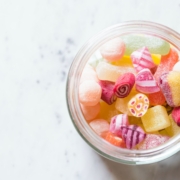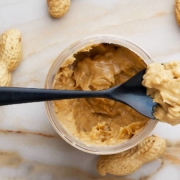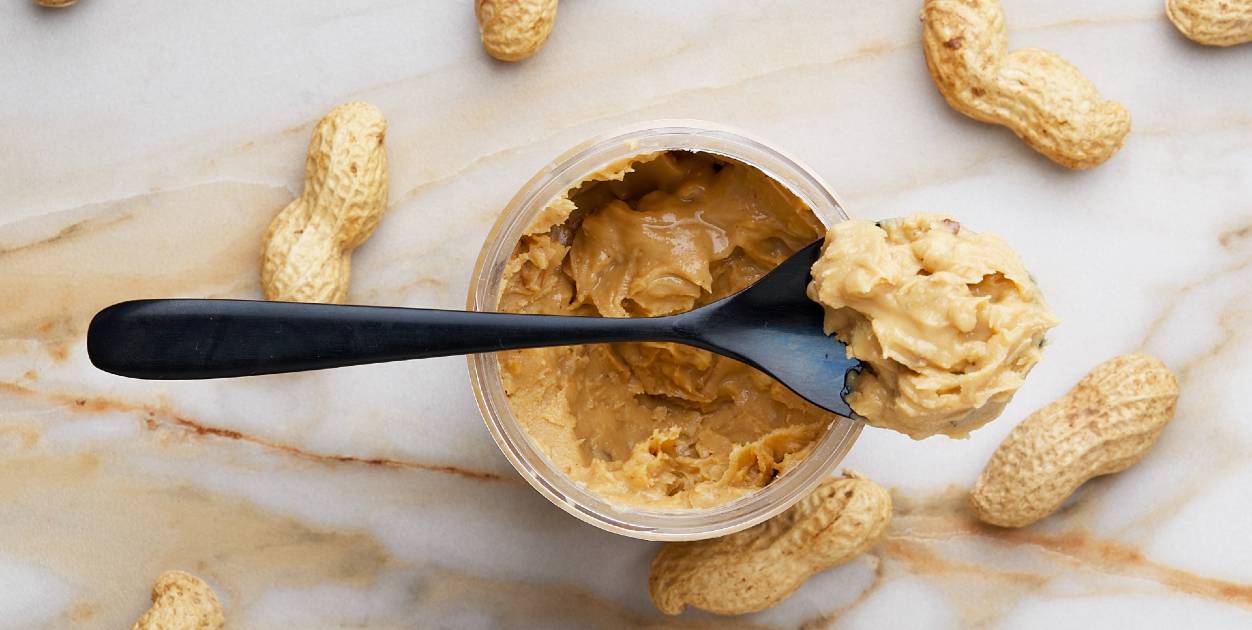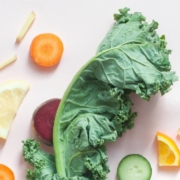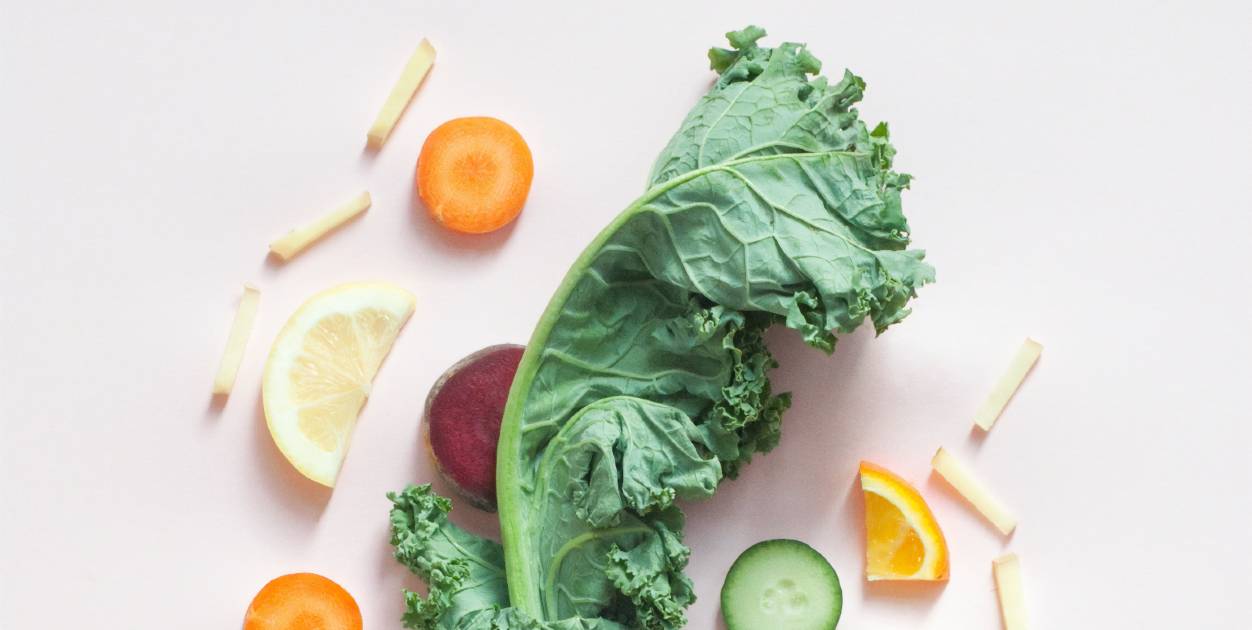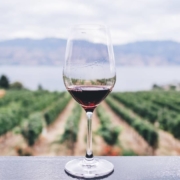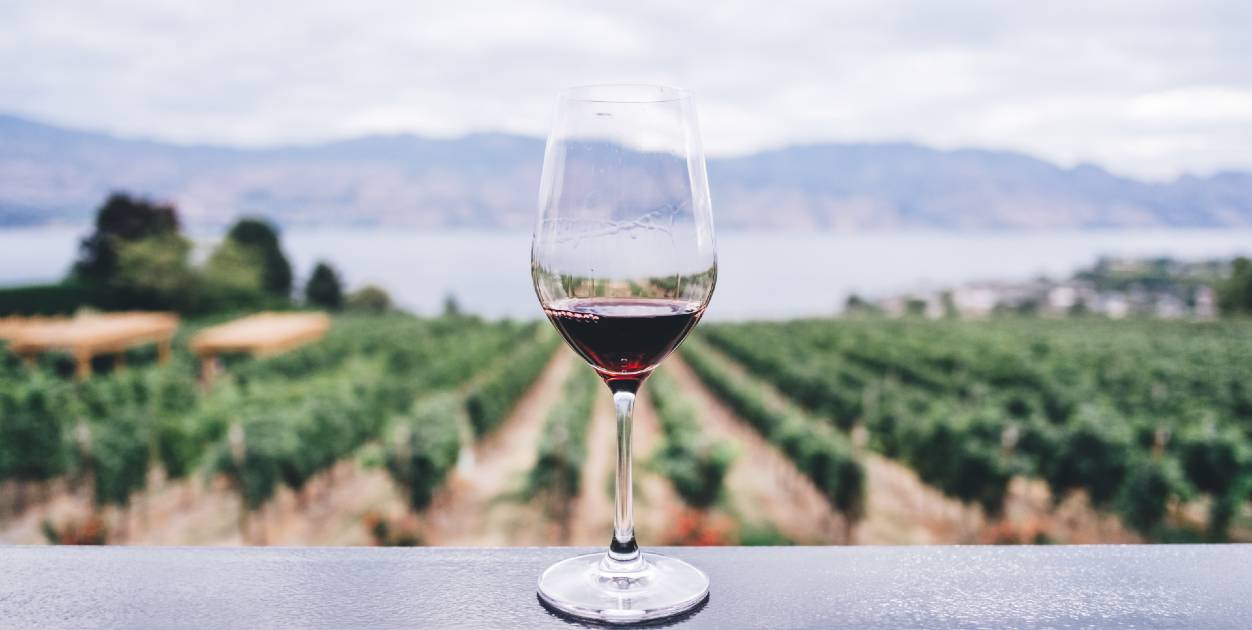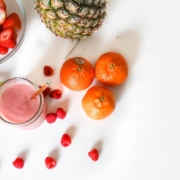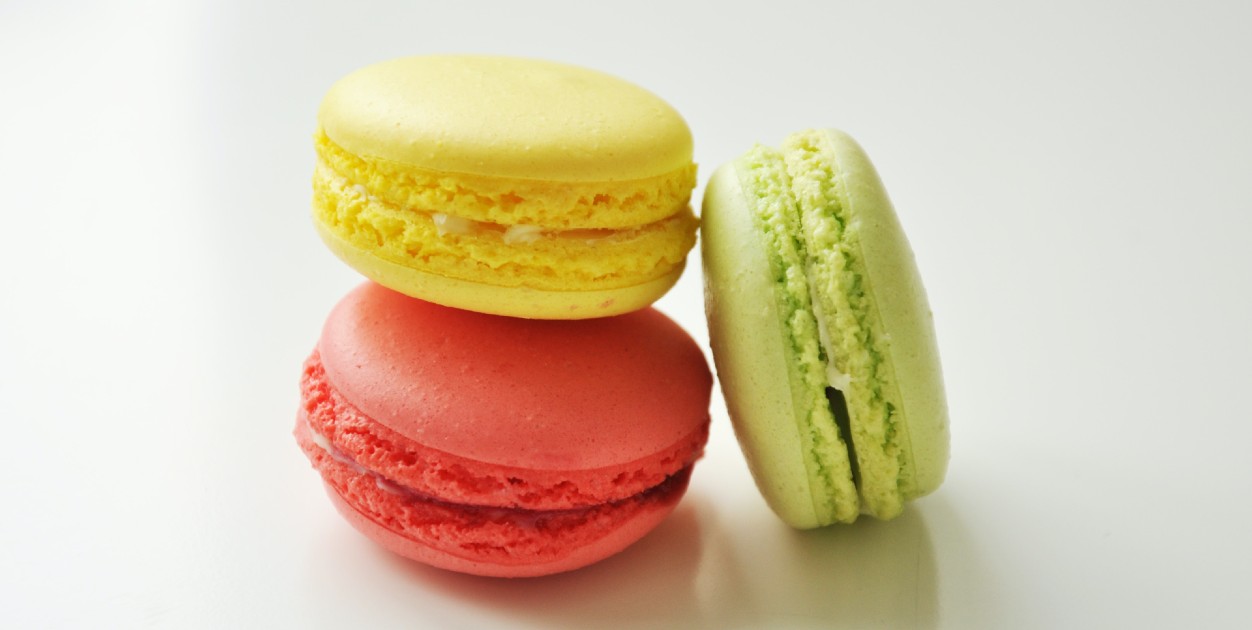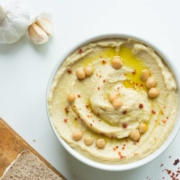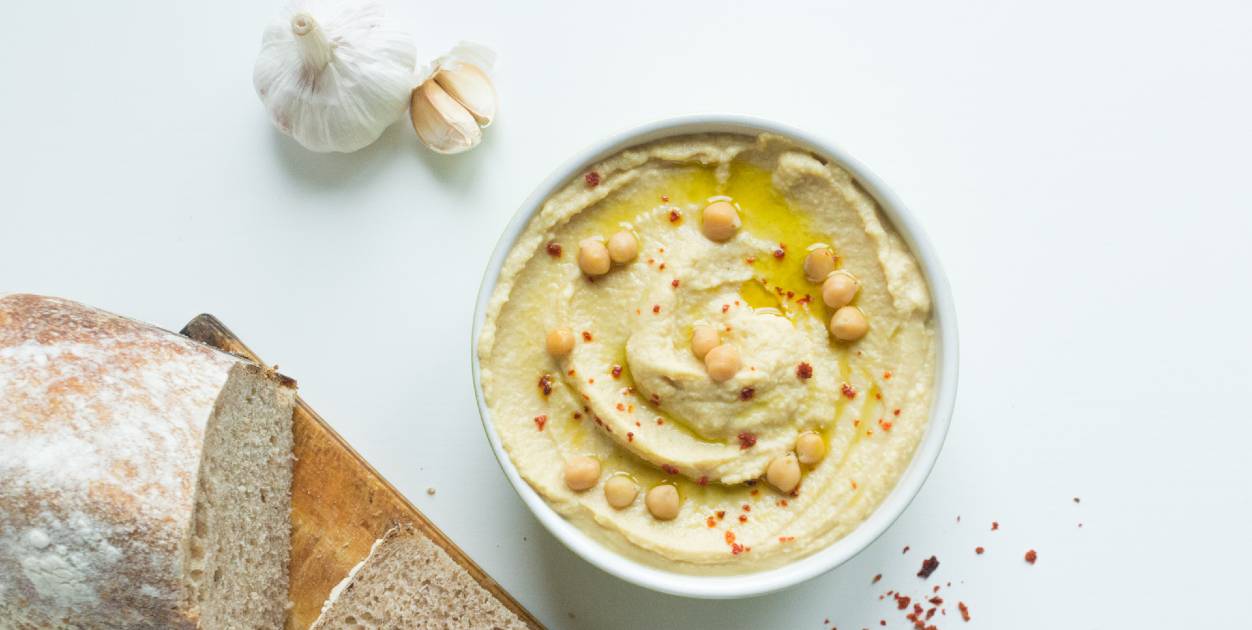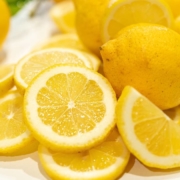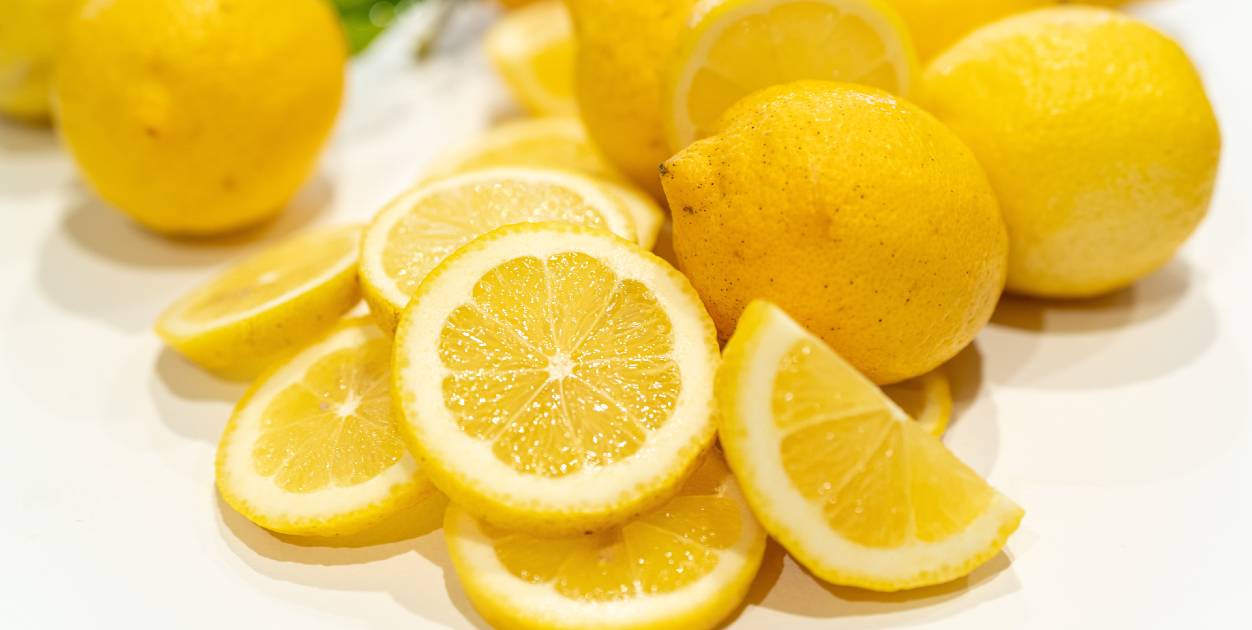CANDY
 ‘Tis the season… to talk about candy. With Halloween less than a week away, I wanted to use this episode to share some alternative, better-for-you candy brands and to give you the heads-up on some others that you may want to swap out. I don’t know what the Halloween equivalent of a scrooge is, but I’m not it – I’m just here to clean up the holiday one M&M at a time…
‘Tis the season… to talk about candy. With Halloween less than a week away, I wanted to use this episode to share some alternative, better-for-you candy brands and to give you the heads-up on some others that you may want to swap out. I don’t know what the Halloween equivalent of a scrooge is, but I’m not it – I’m just here to clean up the holiday one M&M at a time…
Listen on iTunes here.
Listen on Spotify here.
Listen on Google Podcasts here.
EPISODES MENTIONED
RECOMMENDED RESOURCES
The Best Non-toxic & Organic Halloween Candy Brands
PRODUCT LINKS
SOURCES
https://abc7.com/california-chemicals-bans-food-ingredients-candy/13878922/
https://www.everydayhealth.com/diet-nutrition/diet/best-and-worst-candies-for-your-health/
TRANSCRIPT
‘Tis the season… to talk about candy. With Halloween less than a week away, I wanted to use this episode to share some alternative, better-for-you candy brands and to give you the heads-up on some others that you may want to swap out. I don’t know what the Halloween equivalent of a scrooge is, but I’m not it – I’m just here to clean up the holiday one M&M at a time…
If you follow any parenting accounts on Instagram or kid nutritionists or dieticians on Tiktok, then you are probably being inundated with advice on how to handle Halloween candy and trick or treating with your kids.
There are a hundred different “takes” on the subject and quite frankly, I miss the days when I could just dress my son up as a parrot and he was none the wiser about the whole candy thing.
With him being the oldest (and only) child for over four years, we were able to avoid candy for far longer than is typical. It wasn’t until he was over 3 and a half that he started to understand the whole trick-or-treating concept. That was the year I made up this elaborate scheme where he would leave his bucket of candy by the front door on Halloween night and the “ghoulish goblin” (made the name up on the spot) would come take the candy and leave him a present instead.
It was this same Halloween that I found out I’m actually not a creative genius and that this is what other parents call the “Switch Witch” and has been a candy disappearing strategy for years. Regardless of what you call it, I’m riding the ghoulish goblin as long as I possibly can – we’ll see how we do at 5 and a half years old this year…
That’s all to say, I don’t need to sit here and tell you that candy is bad for you. Pretty sure that’s universally understood. It’s the sugar, yes, but more than that it’s the food dyes, the artificial ingredients, the synthetic additives, all of the junk that is not actually food and just a hodge podge of chemicals that sabotage your brain and body. To put it lightly.
In fact, at the beginning of this month, California became the first state to ban four chemicals used in well-known candies and other foods and drinks because of their link to certain health problems — including cancer. The four chemicals are red dye no. 3 (that has actually been banned from makeup for 30 years but we’re still allowed to eat it); brominated vegetable oil, which is used in some store brand sodas; and potassium bromate and propyl-paraben, two chemicals used in baked goods. Of course, all four of these ingredients have long been banned in Europe. They’ll still be allowed on the market in California until 2027 but it’s a good first step.
In any case, when it comes to candy, yeah, it’s not just about the sugar and if you want more background I have a whole separate episode on FOOD DYES in season 01 that’s worth a listen if you don’t know anything about them. But, in this episode, I don’t want to necessarily jump into the negatives of certain ingredients or products – of course, I’ll do some of that, I am who I am – but I also want to offer some alternative options a week ahead of Halloween.
If you have little kids without older siblings, then honestly, I would wait for as long as you possibly can until you introduce them to candy. There’s something weird in our society that makes us want to “treat” kids by giving them sugary food, but in reality, they don’t know what they’re missing out on. I can tell you, my son didn’t have any refined sugar or candy until he was 4 and when that ghoulish goblin came to take his trick or treat bag, he was pleased as punch to get a toy train instead.
When I asked him the following year what he wanted the ghoulish goblin to bring him, he asked for (I kid you not) an electric toothbrush. And yes, I’m bragging about this now because I can tell you that since then he has been exposed to cake, cupcakes, donuts and candy at birthday parties and he’s like any little kid – casually obsessed. But there was no need to introduce it before then, so we didn’t. And in those early developmental years, I think he was better off for it. Will his little sister have the same delayed exposure? Ya know, it probably won’t be for as long, but the later the better is my philosophy.
And the same goes for our house – we don’t have foods with refined sugars, food dyes or artificial sweeteners, but when our son is at a special event, or a parent brings donuts after a baseball game, or we’re at a birthday party, we don’t restrict him. He’s allowed to indulge, we talk about how these are “sometimes foods” and we often join in with him by eating a piece of cake or ice cream.
I’m going off a little bit on a tangent, but it’s just got me thinking about how we as an American society, is conditioned around desserts and treats in a certain way that I don’t think the rest of the world is. And I don’t think many of us realize that we can opt out. We can come up with creative solutions for our kids that again, isn’t restrictive, but doesn’t glorify candy either. Even something as small as changing the word from “treat” to “sometimes food” can reframe the way we talk about candy and desserts knowing that if you have a kid in America, then it’s going to be virtually impossible to hide them from it.
So whether you’re going with the “Switch Witch” or “ghoulish goblin,” or letting your kids fully indulge on Halloween, or maybe doing a hybrid, I do want to tell you about a few “better option” candies that you can look into. I know some parents who will switch out the trick-or-treating haul of some of the more problematic candy with these better options.
First, we have an M&M alternative – just by looking at a bag of M&Ms you’ll see 10 different food dyes, as well as other problematic ingredients like cornstarch, corn syrup and artificial flavors. You can swap M&Ms out for UnReal Milk Chocolate Gems that have no artificial flavor or color, and the coloring comes from natural sources, like hibiscus and turmeric.
For gummies, lollipops and other candies typically made with artificial dyes and flavors the alternative I’d recommend is the brand Yum Earth. You’ll still see sugar and natural flavors on the label, but they use real food to make their candy and the colors are from things like carrot and black currant concentrate or spices like turmeric.
And finally, for a chocolate replacement – you’d actually be surprised how gross the ingredients are in a Milky Way or Butterfinger (or maybe you wouldn’t be surprised, but let me tell you it’s not just chocolate or caramel). I’d recommend the brand Alter Eco that is setting new standards in sustainability and offers truffles, bars and butter bombs.
If you’re looking for other ideas, I’ll link to The Honest Consumer’s List of The Best Non-toxic & Organic Halloween Candy Brands in the show notes at cleanlivingpodcast.com/candy. And yes, when you look at the price tag, organic candy costs significantly more than a jumbo size bag of Reece’s Peanut Butter Cups but that’s why I think swapping out or doing a mix of the conventional candy and better-for-you-candy is a doable option.
If there’s any candy I’d try to steer clear from completely – maybe you’ll get a look at your kid’s trick or treating haul before they do and be able to take a quick swipe – then these are the five types of candy I would eliminate: candy corn for the corn syrup, sour patch kids for the artificial dyes, skittles for the same reason, starburst also for the artificial flavors and colors, and Reese’s pieces for the hydrogenated palm kernel and soybean oil, corn syrup and dextrose.
At the end of the day, if your kid eats a bag of skittles (or seven) it’s not the end of the world – it’s one day out of the year. What we did in my house last year and will probably do again this year, is let our son eat some of his candy on Halloween night (we’ll let him choose what he wants without restricting certain types) and then, the candy will be gone by the morning. Just like a goody bag from a birthday party that ends up on the pantry shelf, he’ll have forgotten about it the next day.
That said, my kid is going trick or treating dressed as a beekeeper (his choice), so I know we’re not like the most conventional family, but I hope some of these ideas or alternative suggestions on how to navigate your own kid’s bucket of candy will be helpful next week. Happy Halloween!
Thanks so much for listening to this episode of The Clean Living Podcast – I’m your host Shannon Lohr. If you haven’t done this already can you take two seconds to subscribe to this show on the podcast platform of your choice. It helps to make sure that you don’t miss an episode.
